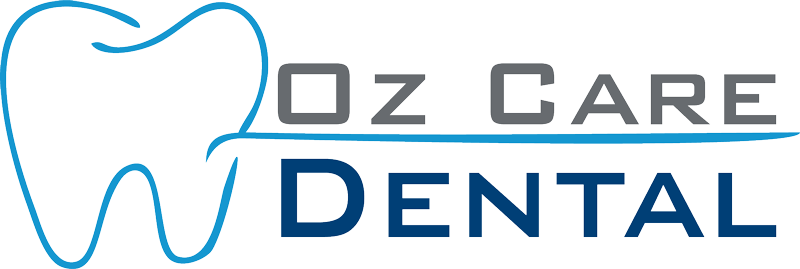Understanding Primary Tooth Extraction: A Guide for Parents
Primary tooth extraction, commonly known as baby tooth extraction, is a dental procedure performed to remove a child’s primary teeth. While primary teeth are meant to fall out naturally to make way for permanent teeth, there are instances where extraction is necessary to maintain oral health and proper dental development. This article provides a detailed look at primary tooth extraction, reasons for the procedure, and what to expect before, during, and after the extraction.
What is Primary Tooth Extraction?
Primary tooth extraction involves the removal of a child’s baby teeth. These teeth typically begin to fall out naturally around the age of six, as they are replaced by permanent teeth. However, certain conditions may necessitate the early removal of primary teeth to ensure the proper development of the permanent teeth and overall oral health.

Digital CT Scan
First our dental radiologist takes a digital 3D CT Scan of your teeth.Professional Consultation
We will discuss your primary issues and your wishes concerning your teeth.Dental Examination
This is followed by a professional examination of the teeth and gums.Complete Treatment Plan
We devise a complete treatment plan for restoring your healthy smile.What is Primary Tooth Extraction?
Reasons for Primary Tooth Extraction
- There are several reasons why a primary tooth might need to be extracted:
- Severe Decay or Infection: If a primary tooth is severely decayed or infected and cannot be saved with a filling or crown, extraction may be necessary to prevent the spread of infection.
- Overcrowding: In some cases, primary teeth may need to be removed to make space for the proper alignment of the permanent teeth.
- Orthodontic Treatment: Extraction may be part of an orthodontic treatment plan to correct misalignment or bite issues.
- Impaction: If a primary tooth does not fall out on its own and is blocking the eruption of a permanent tooth, it may need to be extracted.
- Trauma: A primary tooth that is damaged beyond repair due to an injury may require extraction.
The Primary Tooth Extraction Procedure
The procedure for extracting a primary tooth is straightforward and typically involves the following steps:
- Consultation and Examination: The dentist will examine the child’s teeth, take X-rays if necessary, and discuss the reason for the extraction.
- Anesthesia: Local anesthesia is administered to numb the area around the tooth, ensuring the child does not feel pain during the procedure.
- Extraction: The dentist uses specialized instruments to gently loosen and remove the tooth. The procedure is quick and usually completed in one visit.
- Post-Extraction Care: The dentist will provide instructions for care after the extraction, including managing any discomfort and promoting healing.
What to Expect After the Extraction
Post-extraction care is crucial to ensure proper healing and prevent complications:
- Bleeding: It is normal to experience some bleeding after the extraction. Biting down on a piece of gauze can help control the bleeding.
- Pain Management: Over-the-counter pain relievers can help manage any discomfort. The dentist may also recommend specific medications.
- Swelling: Applying an ice pack to the outside of the cheek can help reduce swelling.
- Diet: Soft foods and avoiding hot or spicy foods are recommended for a few days after the extraction.
- Oral Hygiene: Keeping the mouth clean is essential. The child should continue to brush their teeth but should avoid the extraction site initially.
Benefits of Primary Tooth Extraction
- Prevents Infection: Removing a severely decayed or infected tooth can prevent the spread of infection to other teeth and tissues.
- Supports Orthodontic Treatment: Extraction can help create space for proper alignment and eruption of permanent teeth.
- Alleviates Pain: Removing a damaged or infected tooth can relieve pain and discomfort.
- Promotes Healthy Development: Ensures the proper growth and development of permanent teeth and the jaw.
Common Myths about Primary Tooth Extraction
Myth: Primary tooth extraction is extremely painful. Fact: With modern anesthesia techniques, the extraction process is generally pain-free. Any post-procedure discomfort can be managed with appropriate care and medications.
Myth: Extracting baby teeth will harm permanent teeth. Fact: Properly performed extractions are safe and can actually promote the healthy development of permanent teeth by preventing crowding and misalignment.
REQUEST AN APPOINTMENT
Fill out the form and we will contact you during our working hours. Urgent dental care will be provided usually the same day.
CONCLUSION
Primary tooth extraction is a common and safe procedure that can address various dental issues in children, from severe decay to orthodontic needs. Understanding the reasons for extraction and what to expect can help parents feel more comfortable with the process. Regular dental check-ups and good oral hygiene practices are essential to maintaining your child’s dental health. If you suspect your child may need a primary tooth extraction, consult your dentist to discuss the best course of action.


